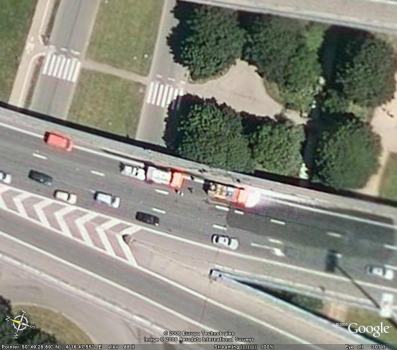The emergence of Web 2.0, "web applications that facilitate interactive information sharing, interoperability, user-centered design and collaboration on the World Wide Web (Wikipedia)" seems to have given rise to social media. It has created interactivity in which users are not merely passive observers, but instead are able to participate with the websites content. The ability to participate created an engaging attribute to the web and thus provided people with something to do online. When people became participants and producers of a websites content, social media began to thrive.

People are constantly in motion and therefore we need something to keep in touch. An increasing number of people are enabling internet on their phones because that's their main outlet of communication. Even if your on the run, staying connected is not an option, it has become more of a necessity.
"Stay in-the-know wherever you go with wireless access to: status updates, friend requests, photos, wall posts, and messages." Blackberry's ad reveals that although people may be fast-paced and mobile, we never truly become disconnected from our social networking sites (what may now be our main source of social connectivity).
Perhaps this progression towards social media is merely a normal phase of the evolution of communication, such as the movement from the telegraph to the phone. Some people are still weary of social media and have not yet adapted to it. However, I believe that in the long run most people will feel comfortable with the idea and the use of social media, much like other mediums of communication. Maybe next semester the use of twitter will be required for this class and people our age will personally find out what all the hype is about.
Interesting Social Media and Web 2.0 presentation that I found on the web:

 Gerard is not to be messed with.
Gerard is not to be messed with.








